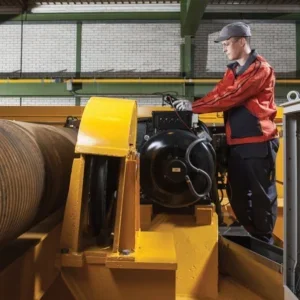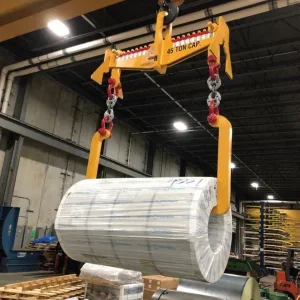It’s been a very strange and unsettling few weeks for a large proportion of the global population, and a period that has seen some brave and hugely laudable efforts from some often-undervalued workers, including health workers, delivery drivers, small businesses and suppliers of essentials, and beyond.
Indeed, if you’re reading a hard copy of this month’s issue of Hoist, rather than our digital version of the magazine, then you have your ‘postie’, as we call them here in the UK, to thank for continuing with their deliveries as normal.
I won’t linger on the topic of Coronavirus for too long, as I’m sure everyone has read an awful lot of column inches, in print or digitally, on the matter. The topic of deliveries is relevant to us here at Hoist at the moment though, as we’ve just completed an ABC audit of the circulation of the magazine.
To explain why the audit was important, it’s useful to look at the distribution model used here at Hoist to optimise the audience our magazine reaches.
We’re able to send the magazine to readers in the overhead lifting industry for free, thanks to our advertisers. They don’t do this out of kindness though: they want to see that our writing is independent, interesting, and informative, so that their advertisements are seen by potential purchasers.
We think we succeed in that, and our conversations with readers and advertisers show that many people agree.
It’s equally important to advertisers to know that we are reaching the right people. In some sectors, magazines have their circulation audited by an independent third party, like the ABC or BPA. That has not traditionally been the case in overhead lifting.
We felt it important to show that we are meeting the needs of advertisers, so this winter we asked the ABC to audit our circulation. They confirmed that we are able to distribute the magazine to 9,746 readers each issue. At the same time, we are the only independent, international, magazine to focus solely on overhead lifting: rival magazines split their coverage between barely-connected sectors like access, compact cranes, and other lifting equipment, or they narrow their focus to a very small segment, such as wire rope sales.
In publishing sectors like ours, publishers have traditonally also quoted an estimated readership. Historically, surveys have shown that each print copy of a trade magazine sent to a workplace may be shared to an average of five extra readers.
Based on this, we’ve used a headline readership figure of 50,000. While we still believe this is a good indication of the reach of the magazine, we’re now going to stick to the more definite circulation figure, based on our independent audit.






